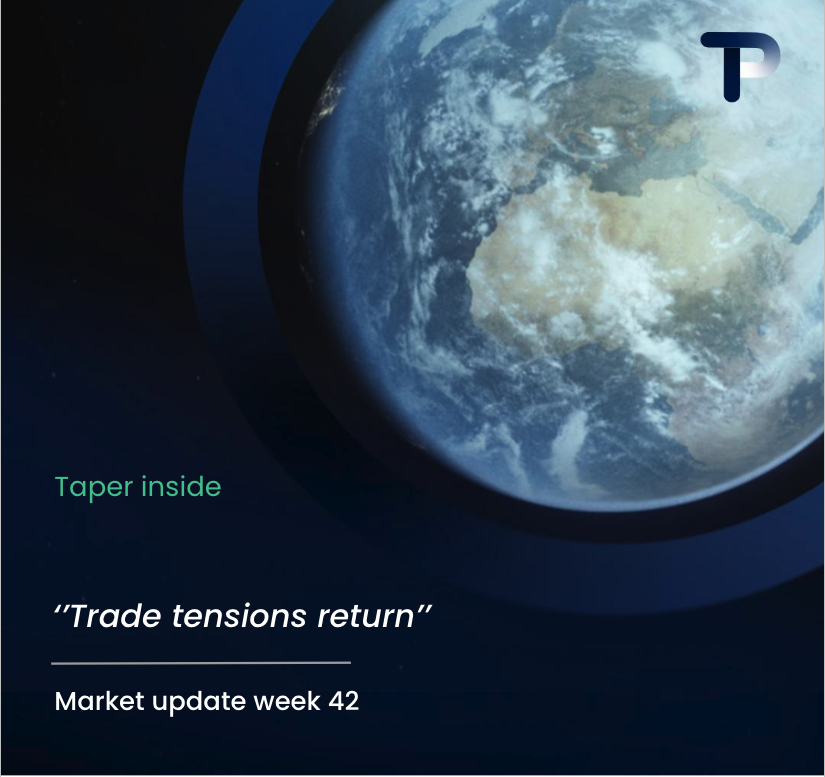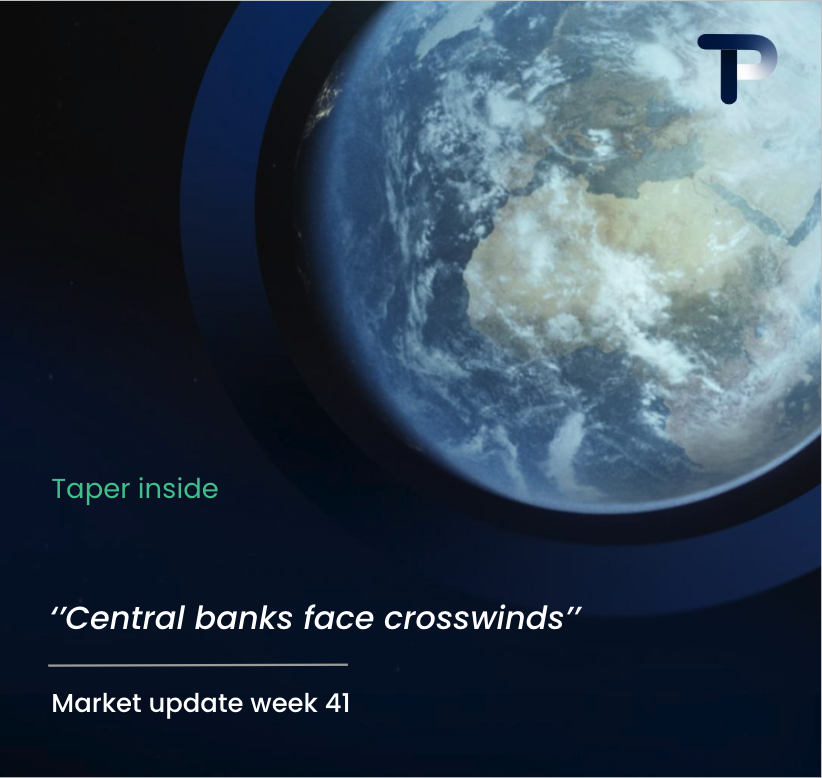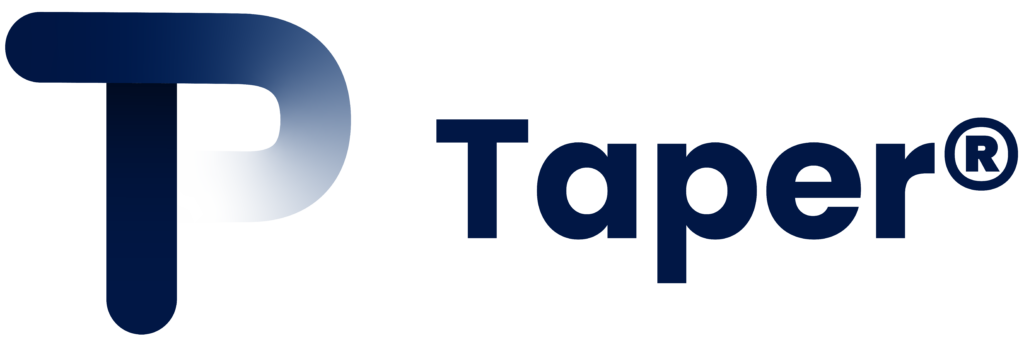Import/export businesses have access to multiple supply chain finance options including letters of credit, documentary collections, factoring, forfaiting, trade credit insurance, and supplier finance programmes. These solutions help bridge cash flow gaps between payment obligations and revenue collection, with each option suited to different transaction types, risk levels, and business requirements in international trade.
Understanding supply chain finance for international trade
Supply chain finance represents a set of financial solutions designed specifically to optimise cash flow between buyers and suppliers in international trade relationships. Unlike traditional bank loans that focus on individual company creditworthiness, supply chain finance leverages the strength of commercial relationships and transaction flows.
For import/export businesses, cash flow challenges arise from the natural timing mismatch between paying suppliers and receiving payment from customers. You might need to pay your overseas supplier within 30 days whilst your customer takes 90 days to settle their invoice. This gap can strain working capital and limit growth opportunities.
Supply chain finance bridges these payment gaps by providing funding tied to specific transactions or ongoing trade relationships. The approach differs from conventional financing because it considers the entire supply chain’s financial health rather than just your individual business metrics.
These solutions become particularly valuable when dealing with multiple currencies, extended payment terms, and the inherent risks of cross-border transactions. They help maintain healthy supplier relationships whilst ensuring you can meet customer demands without depleting cash reserves.
What is supply chain finance and how does it work?
Supply chain finance operates through buyer-supplier relationships where financial institutions provide funding based on approved invoices, purchase orders, or confirmed transactions between trading partners.
The basic mechanics involve three parties: you as the buyer or seller, your trading partner, and a financial institution. When you receive an invoice from a supplier, the financier can advance funds to the supplier immediately whilst you maintain your agreed payment terms. This creates a win-win situation where suppliers receive faster payment and you preserve cash flow.
Early payment programmes work by allowing suppliers to sell their receivables at a discount to access immediate cash. Meanwhile, reverse factoring enables buyers to leverage their stronger credit rating to secure better financing terms for their suppliers, often resulting in improved purchase prices or terms.
Financial institutions facilitate these arrangements by assessing the creditworthiness of all parties involved, managing the documentation process, and handling the flow of funds. They profit from the interest differential between what they pay suppliers and what buyers eventually repay.
The technology platforms supporting modern supply chain finance automate much of this process, providing real-time visibility into pending transactions, approval workflows, and payment schedules across your entire supplier network.
What are the main types of trade finance solutions available?
Several distinct trade finance solutions cater to different aspects of international commerce, each with specific use cases and risk profiles.
Letters of credit provide payment guarantees for international transactions, particularly useful when dealing with new suppliers or customers. Your bank guarantees payment to the supplier once they meet specified conditions, reducing risk for both parties whilst ensuring goods are shipped as agreed.
Documentary collections offer a middle ground between open account trading and letters of credit. Banks handle document exchange and payment collection without providing guarantees, making this option more cost-effective for established relationships.
Trade credit insurance protects against customer non-payment, allowing you to extend credit terms confidently whilst maintaining protection against default. This solution works well when you want to offer competitive payment terms without increasing risk exposure.
| Solution Type | Best For | Risk Level | Cost Range |
|---|---|---|---|
| Letters of Credit | New relationships, high-value transactions | Low | High |
| Factoring | Immediate cash flow needs | Medium | Medium |
| Forfaiting | Medium-term receivables | Low | Medium-High |
| Trade Credit Insurance | Credit risk mitigation | Low | Low-Medium |
Factoring involves selling your receivables to access immediate cash, typically at 80-90% of invoice value. Forfaiting works similarly but focuses on medium-term receivables, often backed by bank guarantees or letters of credit.
Supplier finance programmes enable your suppliers to access early payment against invoices you’ve approved, improving their cash flow whilst potentially securing better pricing or terms for your business.
How do you choose the right working capital financing for your business?
Selecting appropriate working capital financing requires evaluating multiple factors specific to your business model, trading relationships, and growth objectives.
Business size significantly influences your options. Larger companies often access comprehensive supplier finance programmes and competitive letter of credit facilities, whilst smaller businesses might find factoring or trade credit insurance more accessible and cost-effective.
Transaction volume and frequency affect which solutions provide the best value. High-volume traders benefit from automated supply chain finance platforms that reduce administrative overhead, whilst occasional importers might prefer transaction-specific solutions like letters of credit.
Geographic markets determine regulatory requirements and available financing options. Trading with developed markets typically offers more financing choices, whilst emerging market transactions might require specialised solutions or higher security levels.
Your supplier relationships play a crucial role in solution selection. Established partnerships might support open account trading with credit insurance, whilst new relationships often require more secure arrangements like letters of credit or documentary collections.
Risk tolerance influences the balance between cost and security. Conservative approaches favour guaranteed payment methods despite higher costs, whilst aggressive growth strategies might accept higher risk for improved cash flow and lower financing expenses.
Evaluation criteria should include total cost of financing, implementation complexity, impact on supplier relationships, scalability potential, and integration with existing financial systems.
Key takeaways for optimising your supply chain finance strategy
Successful supply chain finance implementation requires a strategic approach that aligns financing solutions with your broader business objectives and operational requirements.
Start by mapping your cash conversion cycle to identify the biggest pain points and opportunities for improvement. Focus on solutions that address your most significant challenges rather than trying to optimise every aspect simultaneously.
Build strong relationships with multiple financial service providers to ensure access to diverse solutions and competitive pricing. Avoid over-reliance on a single provider, particularly for critical financing needs.
Common pitfalls include underestimating implementation time, failing to communicate changes to suppliers effectively, and choosing solutions based solely on cost rather than strategic value. Take time to educate your team and trading partners about new processes.
Technology integration becomes increasingly important as transaction volumes grow. Invest in platforms that provide visibility across your entire supply chain and automate routine processes to reduce administrative burden.
Regular review and optimisation ensure your financing strategy evolves with your business. Market conditions, supplier relationships, and available solutions change over time, requiring periodic reassessment of your approach.
For import/export businesses seeking to improve cash flow through financing solutions, the key lies in understanding your specific needs, evaluating available options comprehensively, and implementing solutions that support both immediate requirements and long-term growth objectives. We at Taper understand these challenges and provide tailored international payments solutions designed specifically for businesses operating in global markets.
Frequently Asked Questions
How long does it typically take to set up supply chain finance solutions?
Implementation timelines vary by solution complexity, but most arrangements take 2-8 weeks to establish. Letters of credit and documentary collections can be set up within days for urgent transactions, while comprehensive supplier finance programmes typically require 4-6 weeks for platform integration, credit assessments, and supplier onboarding.
What happens if my supplier doesn't want to participate in a supply chain finance programme?
Supplier reluctance is common initially due to unfamiliarity or concerns about costs. Focus on educating them about benefits like faster payments and improved cash flow. If they remain hesitant, consider alternative solutions like trade credit insurance or factoring that don't require supplier participation, or offer to cover any programme fees during an initial trial period.
Can I use multiple supply chain finance solutions simultaneously?
Yes, most businesses benefit from using different solutions for different situations. You might use letters of credit for new suppliers, factoring for immediate cash needs, and supplier finance programmes for established partners. However, ensure your financing agreements don't contain exclusivity clauses and maintain clear internal processes to avoid double-financing the same transaction.
What are the typical costs associated with each supply chain finance option?
Costs vary significantly by solution and provider. Letters of credit typically cost 0.5-2% of transaction value plus bank fees. Factoring ranges from 1-5% depending on risk and volume. Trade credit insurance usually costs 0.2-0.5% of insured turnover. Supplier finance programmes often have no direct cost to buyers, with suppliers paying 0.5-3% for early payment access.
How do I know if my business qualifies for supply chain finance solutions?
Most import/export businesses with established trading relationships and annual revenues above £500,000 can access basic solutions. Key qualification factors include trading history, financial stability, supplier/customer creditworthiness, and transaction volumes. Start by discussing your specific situation with trade finance specialists who can assess your eligibility and recommend suitable options.
What documentation do I need to prepare when applying for trade finance?
Standard requirements include financial statements for the past 2-3 years, trade references, details of key suppliers/customers, sample contracts or purchase orders, and information about your trading history. For specific transactions, you'll need invoices, shipping documents, and proof of goods delivery. Maintain organised records of all international transactions to streamline future applications.
How can I measure the success of my supply chain finance strategy?
Track key metrics including cash conversion cycle reduction, days sales outstanding improvement, supplier payment terms enhancement, and total financing costs as a percentage of revenue. Also monitor operational indicators like supplier satisfaction scores, order fulfillment times, and the number of financing transactions processed. Regular quarterly reviews help identify optimisation opportunities and ensure your strategy remains aligned with business growth.
Hi there! 👋 I see you're reading about multi-currency IBAN accounts for supply chain payments. Smart choice - these accounts can save businesses 2-4% on every international transaction!
What best describes your current situation with international supplier payments?
Which of these challenges are you currently facing with international payments? (Select all that apply)
What's driving your interest in multi-currency payment solutions? Tell us about your business goals or challenges.
Great! To help us understand your specific needs better, could you share more details about your international payment volume or any particular requirements?
Perfect! Let's connect you with one of our international payments specialists who can show you exactly how Taper's multi-currency IBAN accounts can save you money and streamline your supply chain payments.



